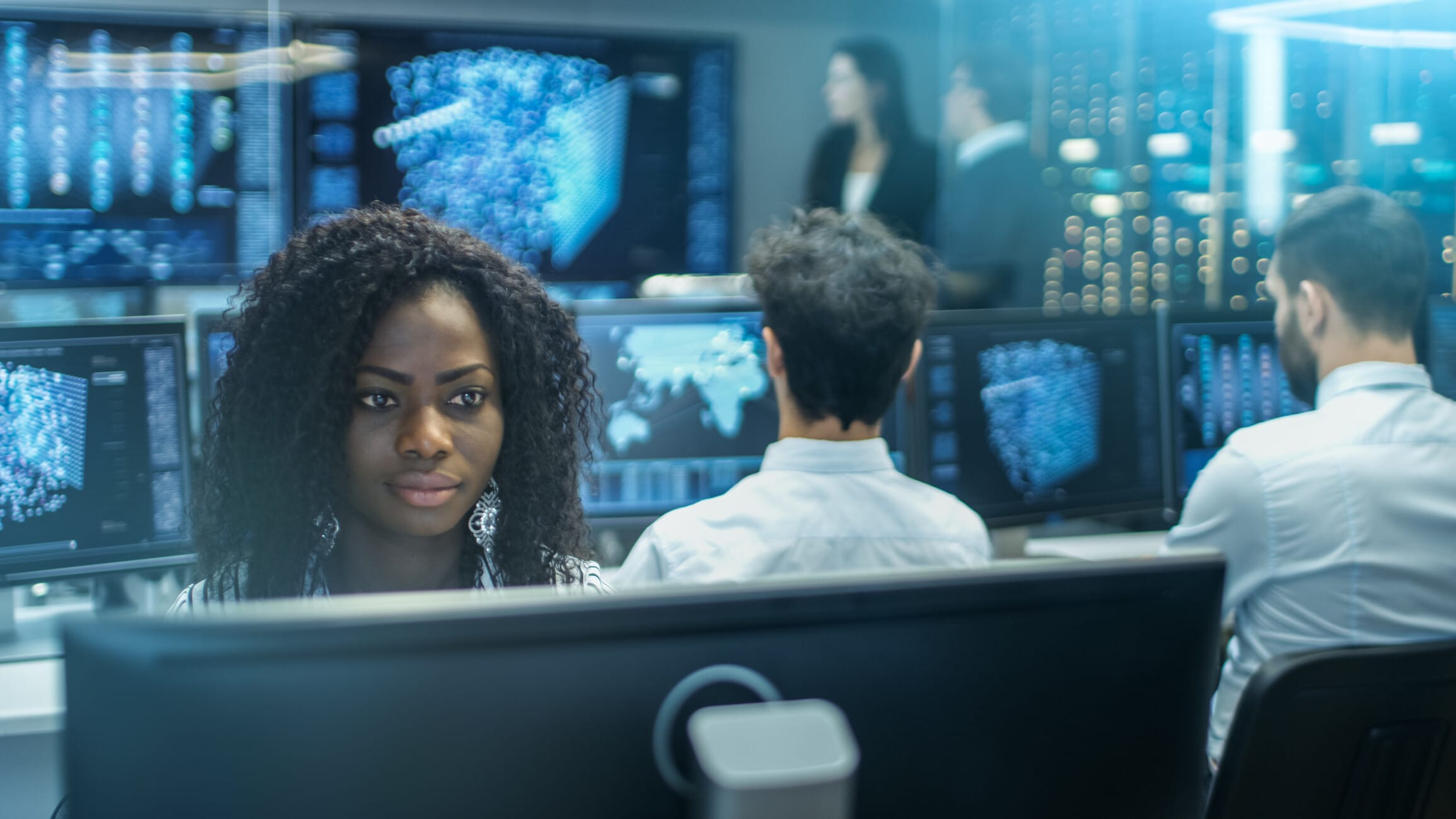Can you tell a real face from an AI fake?

Harder than it looks. Image: REUTERS/Pawel Kopczynski

Get involved with our crowdsourced digital platform to deliver impact at scale
Stay up to date:
Digital Communications
A new website calls attention to the fact that artificial intelligence can fake photos of human faces well enough to fool people.
Whichfaceisreal.com is the new website from Jevin West of the Information School and Carl Bergstrom of the biology department at the University of Washington. The duo who drew wide attention since 2017 for their innovative class called “Calling Bullshit in the Age of Big Data.”
As with their class, Bergstrom and West seek to address—and help people navigate—the increasing amount of misinformation and deception they see online. When the two saw the artificial intelligence-powered website Thispersondoesnotexist.com—which renders extremely realistic portraits of utterly nonexistent people—they wanted to spread the word that the ability to generate believable, lifelike faces was now possible and proliferating online.

“We did not create the technology,” Bergstrom stresses. “We wanted to get the word out that this is now possible. Generally up to this point, we have trusted faces in photos: If it’s a photo, it’s a real person—at least up to this point.”
As Bergstrom and West explain on WhichFaceisReal, software engineers at NVIDIA Corporation developed the “phenomenal” algorithm they use to create realistic fake faces. It uses what’s called a General Adversarial Network, where two neural networks “play a game of cat and mouse,” each trying to create artificial images and the other trying to tell the difference.
“The two networks train one another,” they write. “After a few weeks, the image-creating network can produce images like the fakes on this website.”
"Overall, so far, about 70 percent of players choose correctly when trying to distinguish fake from real."
”And as with their Calling BS work, the website was immediately popular, with about 4 million “plays” of the game in about two weeks.
Are people guessing well? Mostly, yes, West says. Overall, so far, about 70 percent of players choose correctly when trying to distinguish fake from real—and the site may be helping them learn to do better.
“In our initial analysis this appears to be the case, but we need to verify this with more rigorous analysis,” West says. “We’re also looking into what kinds of images are the most difficult to discern. For example, are fake images of younger or older people more difficult to identify?”
There are a few hints and “tells,” however, that help one choose more wisely. Bergstrom and West offer advice in a tab on their site labeled “learn.” Look for inconsistencies in the background of the photo, or how the hair or eyeglasses are rendered.
"Just like when people started to realize that you could Photoshop images, we want the public to know that AI can replicate human faces"
”And there is what they call the “silver bullet” to know fakes online: The algorithm they used, called StyleGAN, cannot generate multiple fake images from different perspectives of the same faux-person. So their advice is, to verify, look for a second photo of the same person.
Or as Bergstrom says, “How do you know if your next Tinder match is real? See if he has a nice headshot as well as a nice shot of himself petting a tiger. Always look for that tiger photo.”
West and Bergstrom plan to continue adding features to their site to add to the challenge of choosing between real and fake—they may remove backgrounds (which are among the “tells”) to make the choice harder, and will be asking users to view a single photo and say whether it’s real or generated.
“We want to bring public awareness to this technology,” says West. “Just like when people started to realize that you could Photoshop images, we want the public to know that AI can replicate human faces.
“That will hopefully make people start to question things they see in different ways. It will hopefully force us all to corroborate evidence even when we see a photo that looks human.”
Don't miss any update on this topic
Create a free account and access your personalized content collection with our latest publications and analyses.
License and Republishing
World Economic Forum articles may be republished in accordance with the Creative Commons Attribution-NonCommercial-NoDerivatives 4.0 International Public License, and in accordance with our Terms of Use.
The views expressed in this article are those of the author alone and not the World Economic Forum.
The Agenda Weekly
A weekly update of the most important issues driving the global agenda
You can unsubscribe at any time using the link in our emails. For more details, review our privacy policy.
More on Fourth Industrial RevolutionSee all
Thomas Beckley and Ross Genovese
April 25, 2024
Agustina Callegari and Daniel Dobrygowski
April 24, 2024
Christian Klein
April 24, 2024
Sebastian Buckup
April 19, 2024
Claude Dyer and Vidhi Bhatia
April 18, 2024







